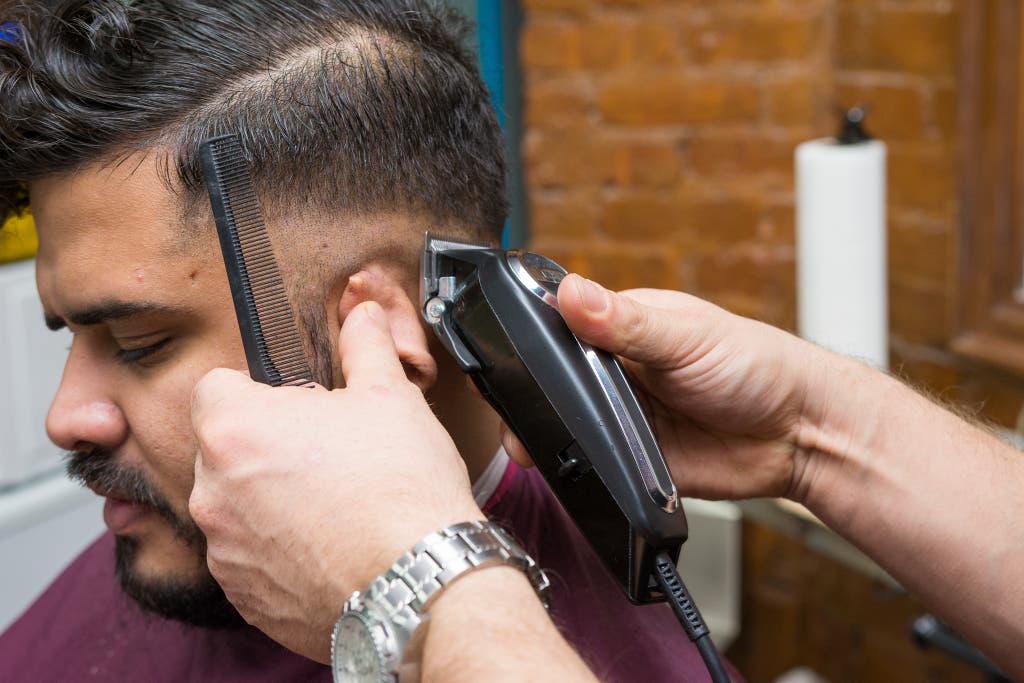
Wearable devices are digital diagnostic instruments that can detect a variety of diseases. They can also provide personalized healthcare services. These wearables have the ability to monitor various psychological, physiological, and social variables. But they also come with their own set of challenges. The most important challenges are energy consumption, safety, precision, computation, and computation.
Many clinicians have advocated the use of wearables for diagnosing various conditions for years. Wearables can monitor your activity level at a minute level, and they can also identify your emotional state. These wearables can also detect and monitor heart attacks. However, wearables need internet connectivity. It is difficult for rural users to use them. Additionally, many in developing countries are unable to afford wearables because of their high cost.
The fitness activity trackers were the first wearable technology. You can wear them on your wrist to monitor a variety of parameters. These data can be used for early diagnosis and to reduce deaths.

Wearables are evolving with smart tattoos featuring flexible electronic sensors. They can also measure heart activity and muscle function. Some researchers are even testing microchip implants, which are worn on the fingertip. These devices use radio-frequency identification (RFID), and near-field communications.
A digital medical record can be integrated with wearables. A smart watch can monitor a person’s heartbeat, oxygen saturation, pulse rate, and valence. Wearable data can help detect many diseases and conditions, such as Alzheimer’s disease, depression and Parkinson's. Wearables can detect dyskinesia, a condition that can lead to heart attacks, and can also be used in real time to monitor them.
Wearables will continue to be dominated by ML algorithms. Wearables can provide highly personalized information about the body through machine-learning methods (ML). Machine-learning techniques are able to detect emotional and psychological disorders. Wearables with ML can help clinicians better understand patient-reported behavior and create more effective treatments. Wearables are also useful in helping patients make treatment decisions.
Wearable smart devices can be used to treat social anxiety and sleep disorders. Ko et. al. compared the accuracy of heart rate data from a wearable device to ECG data, and found that the latter was more accurate. In a clinical study with over 60 people, self-monitoring with a wearable resulted in a quicker diagnosis.

Nelson et.al. compared the accuracy and accuracy of Apple Watch and Fitbit data to ECG data. The accuracy of Apple Watch data was more accurate than that of Fitbit data, which did not meet the accuracy guidelines. Despite this, the results of this study suggest that the ML algorithms can be effective in improving the accuracy of wearable data.
With the advancement in ML algorithms, wearables can now be used to help diagnose a variety of ailments. They can be used to identify symptoms that are associated with particular diseases and can help to develop more effective treatments.